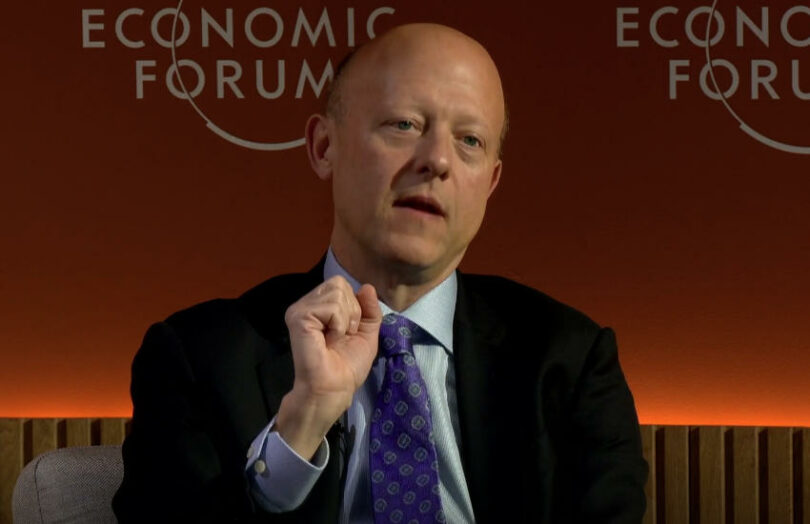During a tokenization discussion at the World Economic Forum in Davos today, a member of the audience asked about applying the principle of ‘same activity, same rules’ to digital assets. Perhaps unsurprisingly, the incumbent on the panel, Euroclear’s Lieve Mostrey was in favor, whereas Circle’s Jeremy Allaire and Stellar’s Denelle Dixon were less keen.
Euroclear’s Mostrey argued that regulation should be technology agnostic. She noted that Euroclear, Europe’s largest central securities depository (CSD), used the existing legal framework to launch a tokenization solution with the World Bank as the issuer.
However, outsiders might observe that CSDs are amongst the groups most challenged by distributed ledger technology (DLT). Much of their work can be automated with smart contracts and the blockchain can become the registry – if regulations adapt to allow that. This is what the EU’s DLT Pilot Regime and the UK Digital Securities Sandbox are exploring. CSDs will still be needed, but their role is set to evolve significantly.
Circle: why ‘same activity, same rules’ is backward-looking
Jeremy Allaire, CEO of Circle, the issuer of the USDC stablecoin, said the ‘same activity, same rule’ concept sounds good in principle but is rather backward-looking.
He gave the example of the internet, where various sorts of licensing would have been needed if the technology hadn’t been taken into account. Someone might need a radio license to stream audio or a telecom license to enable peer-to-peer communication. Adding a European perspective, we’d note that platforms were responsible for publishing defamatory content posted by consumers on forums or social media, which would have bankrupted many. So, regulators adapted.
Allaire observed, “That’s insane – ‘same activity, same rules’ – if we had applied that to software and the internet, we wouldn’t have the incredible flourishing global world that we have today.”
“With blockchain technology and digital assets, we have a new layer of the internet.” He argued that many digital asset applications “don’t cleanly fit the buckets that are in the financial regulatory world.”
Stellar’s Denelle Dixon said the principle is fine as a starting point. However, she noted that the current application of KYC and AML in almost the same way executed in traditional finance slows down the process. Another example was Bitcoin ETFs settling in cash, removing some benefits.
She said it’s fine to protect from harm through regulation. “But when you look at the benefits of the technology, leverage those benefits and don’t make them fall into traditional frameworks that don’t make sense,” said Dixon.
Tokenization’s time has come
One other takeaway from the talk was about tokenization’s tipping point. Circle’s Allaire spoke about the CEO of BlackRock, Larry Fink, acknowledging that we’re at the tipping point of tokenization.
“Blackrock is perhaps one of the largest securities issuers in the world. It suggests confidence that tokenization is going to be coming on in a significant way,” said Allaire. “That we’re going to see some of the very biggest asset issuers in the world issuing tokenized versions of those assets this year. That’s significant.”
As context, Circle has a close relationship with BlackRock, which manages $22.4 billion of reserve assets in Treasuries for the USDC stablecoin.





